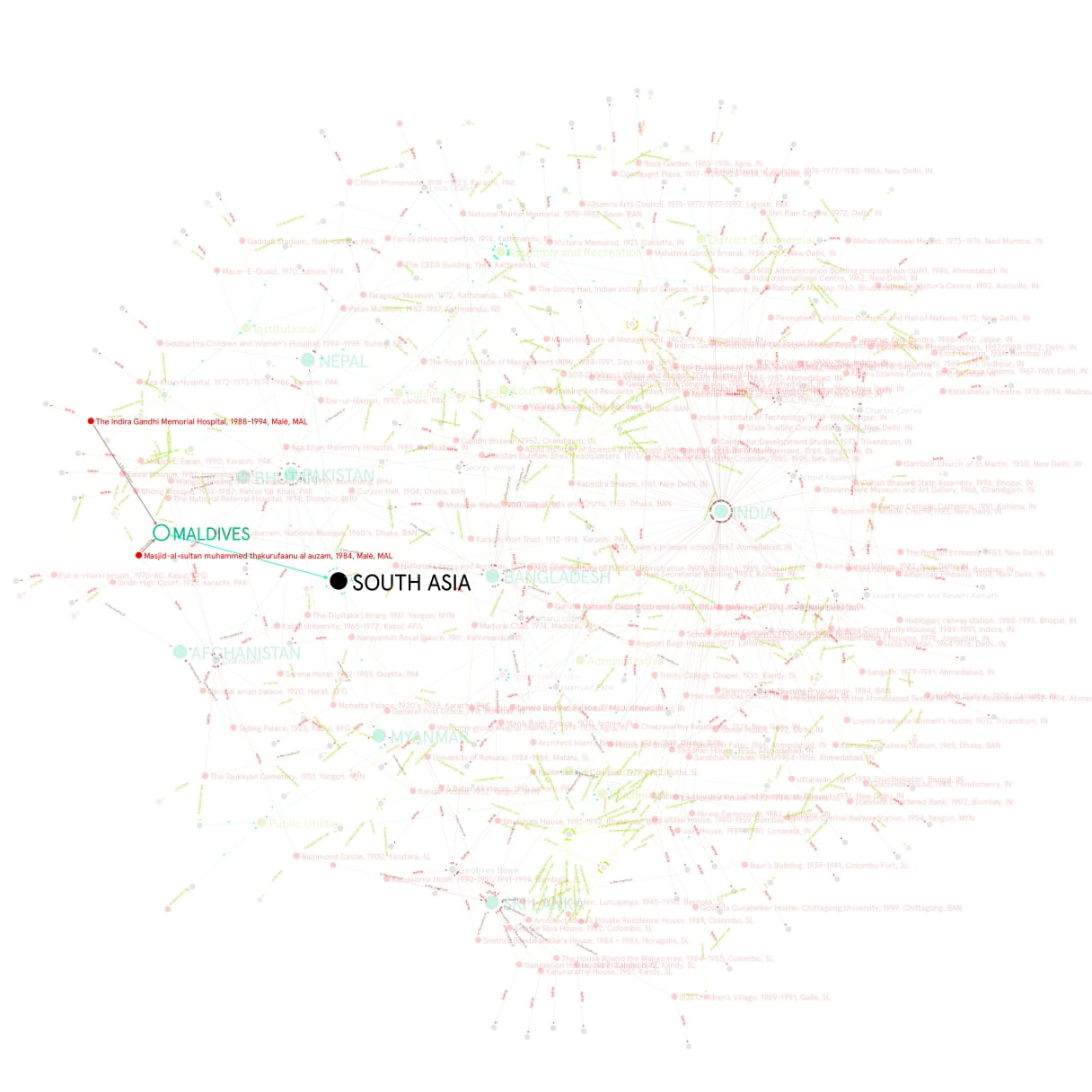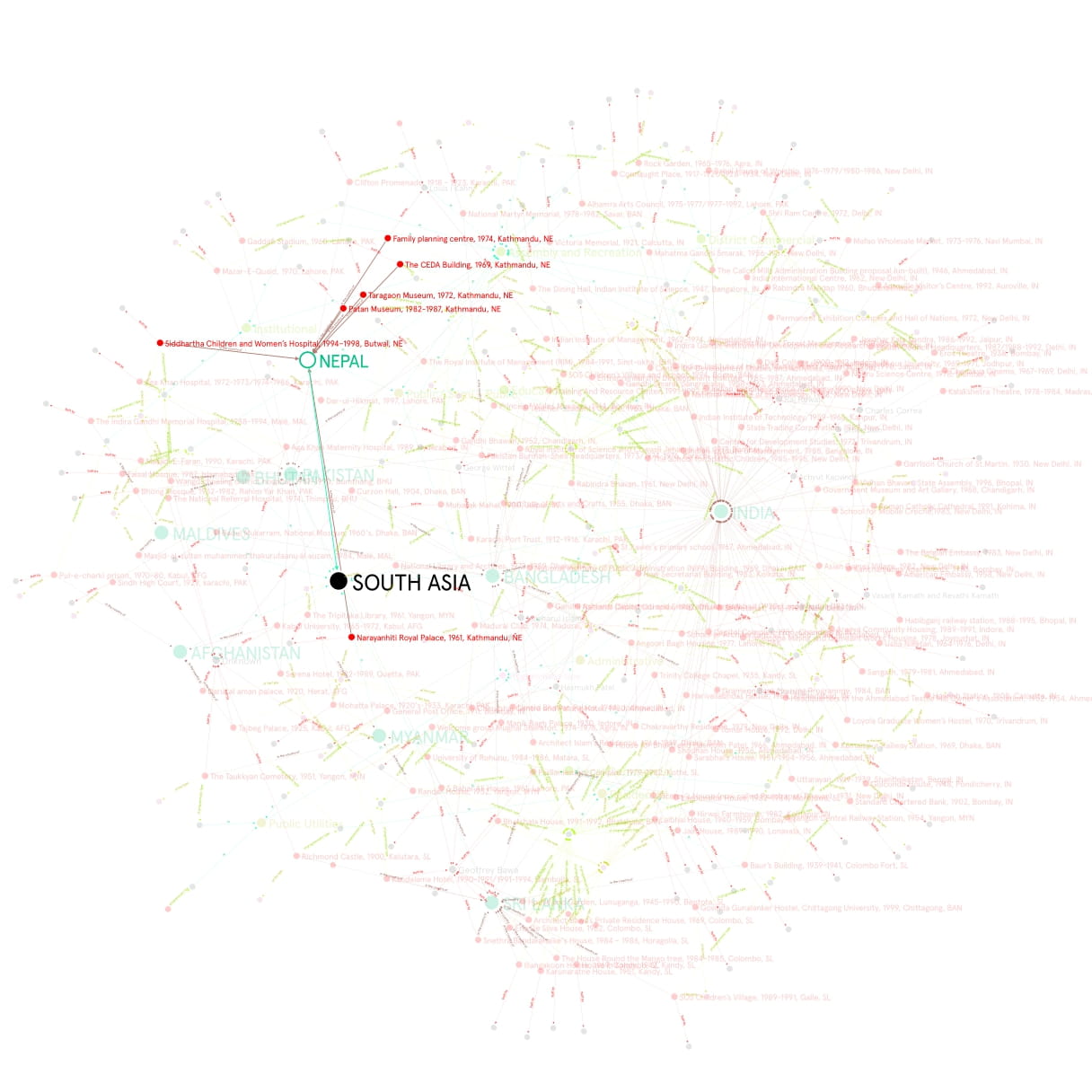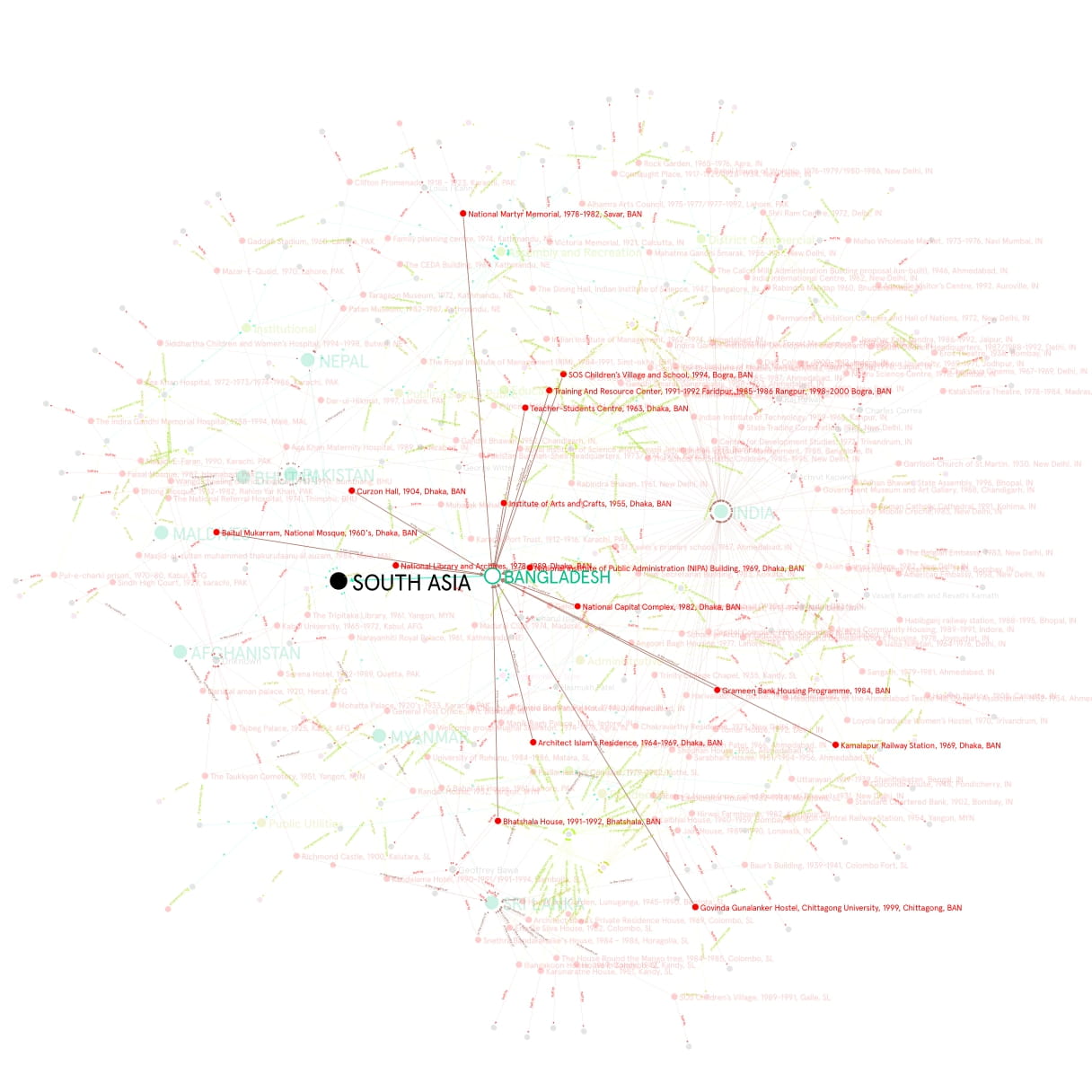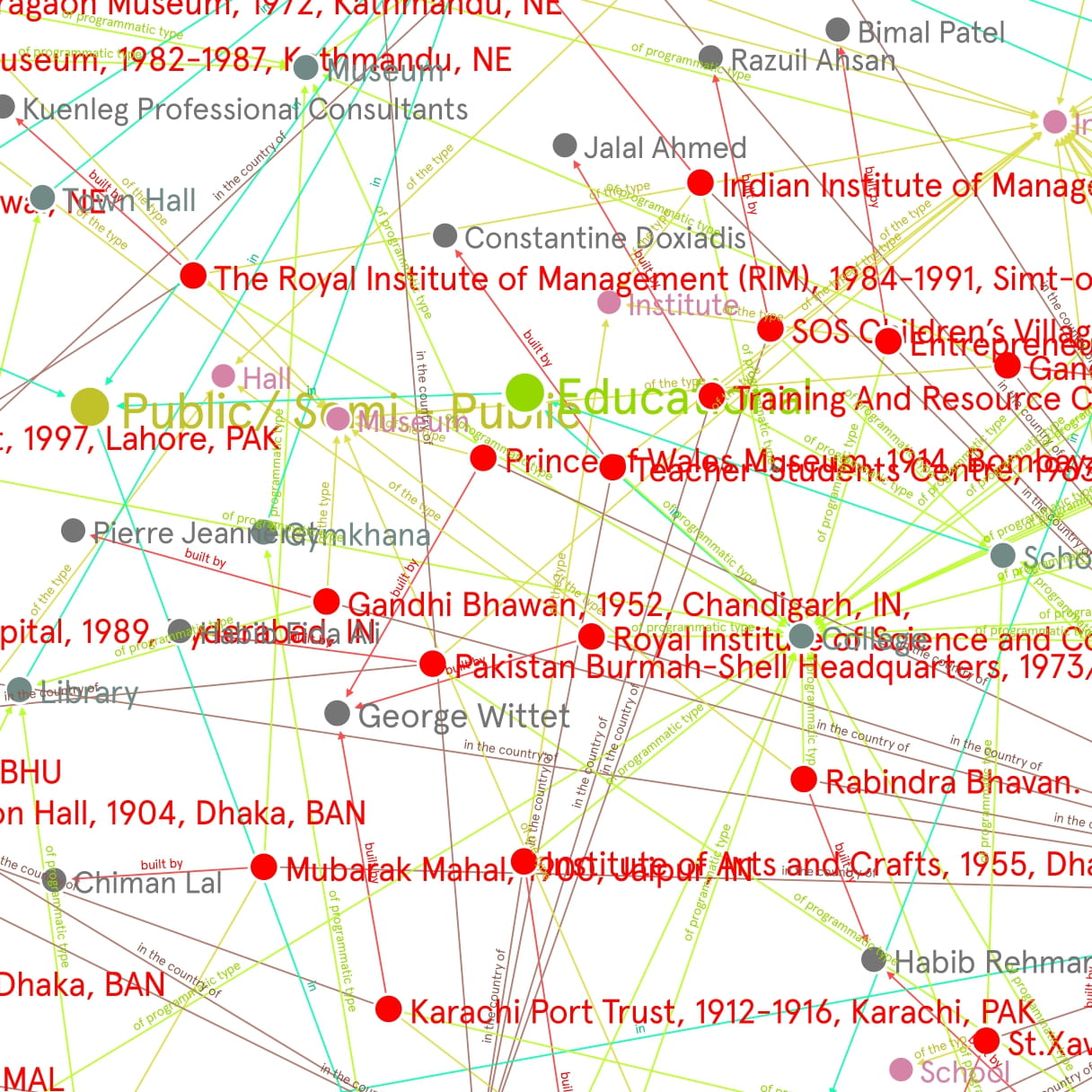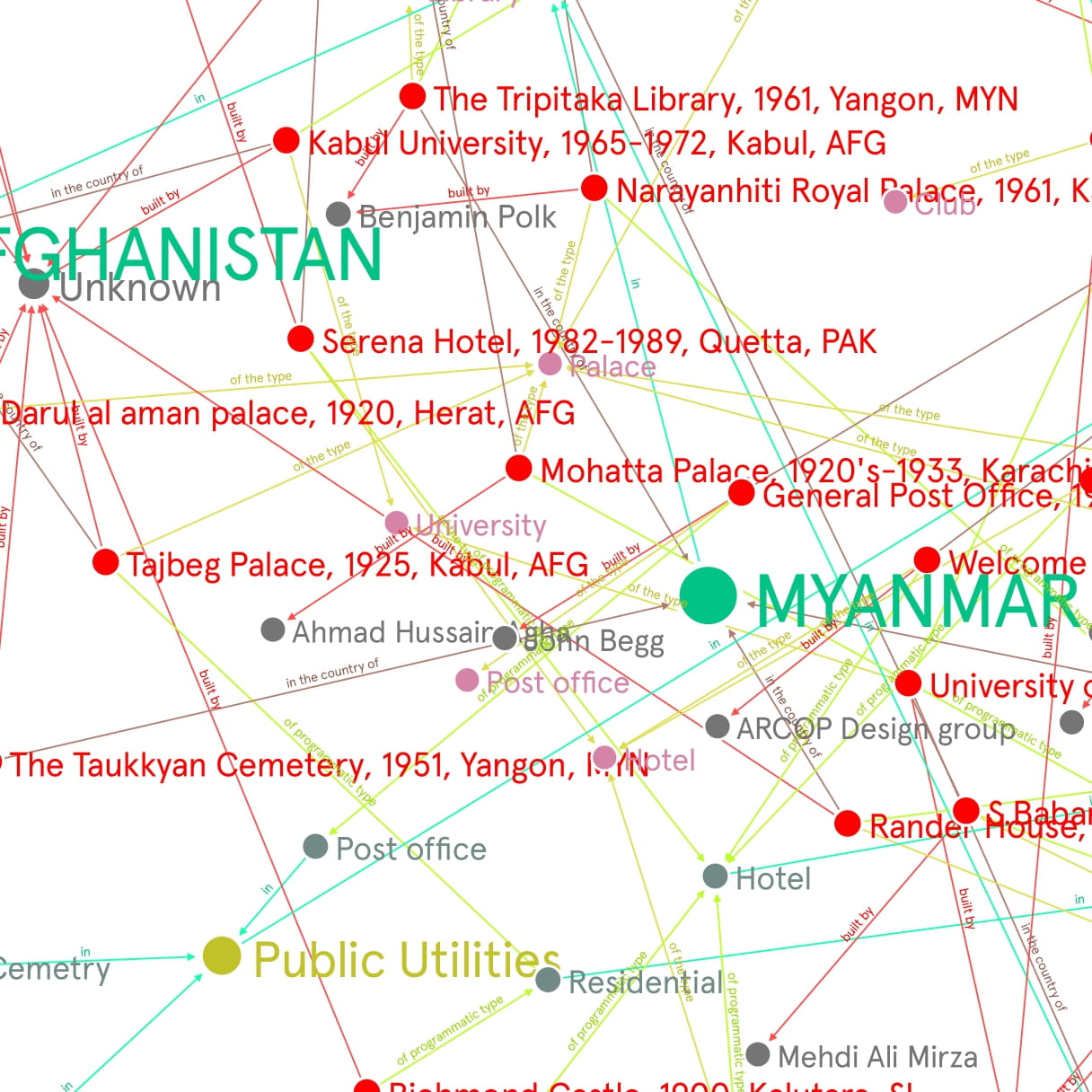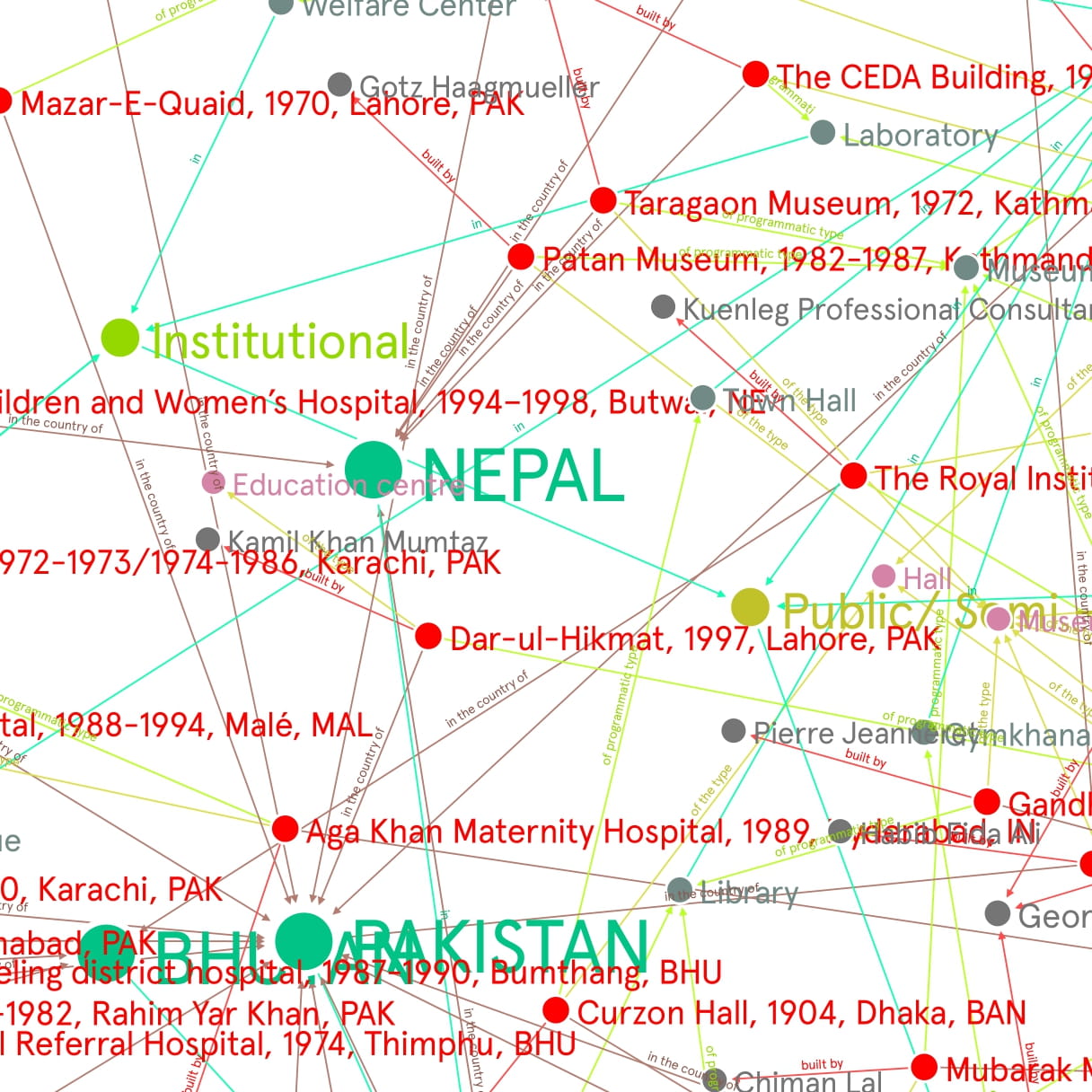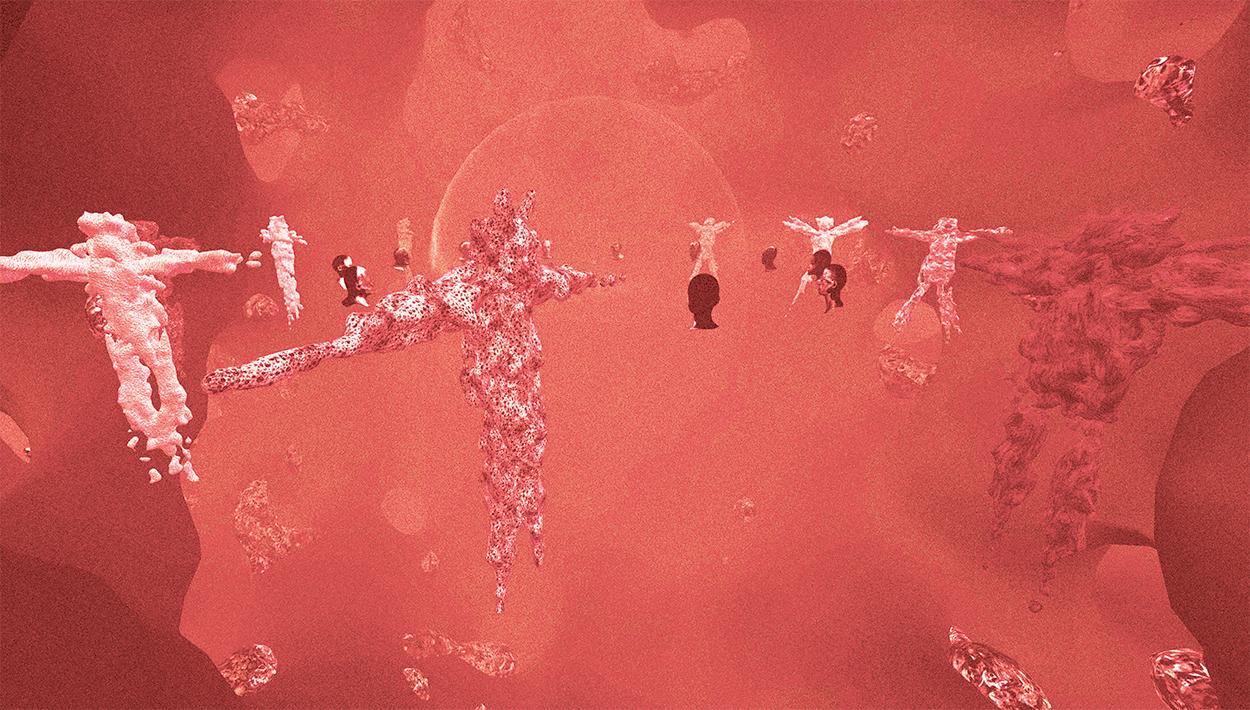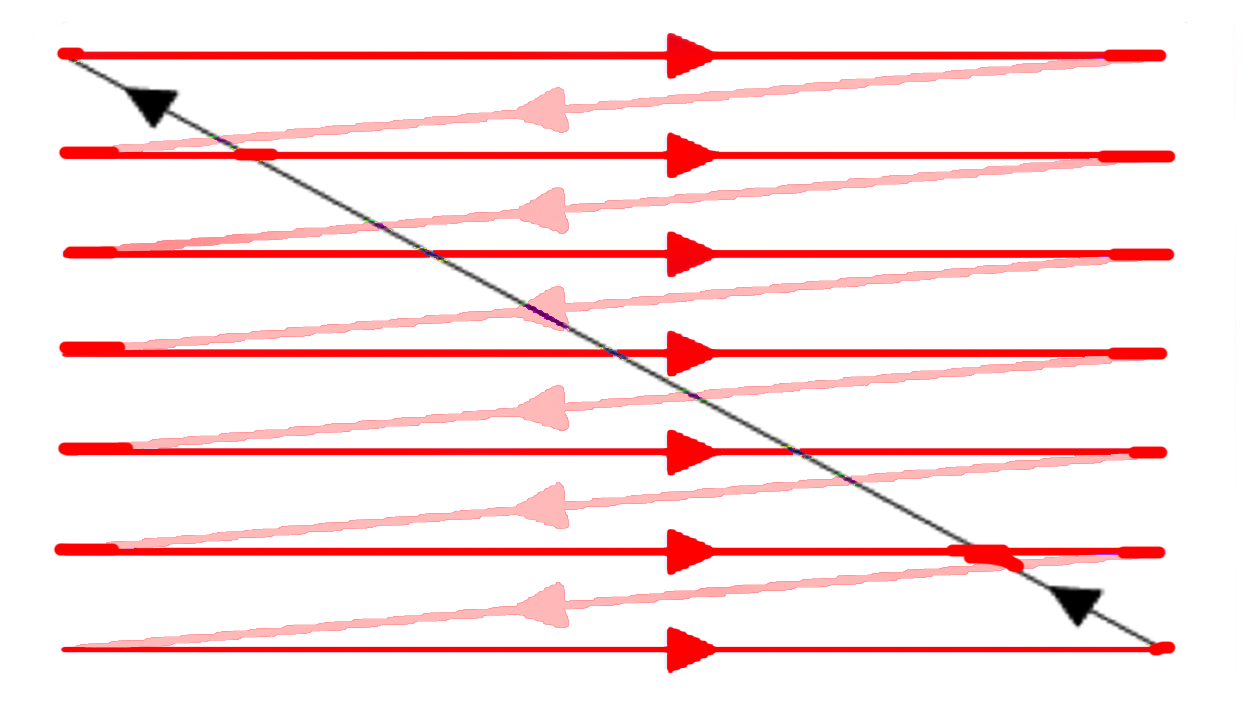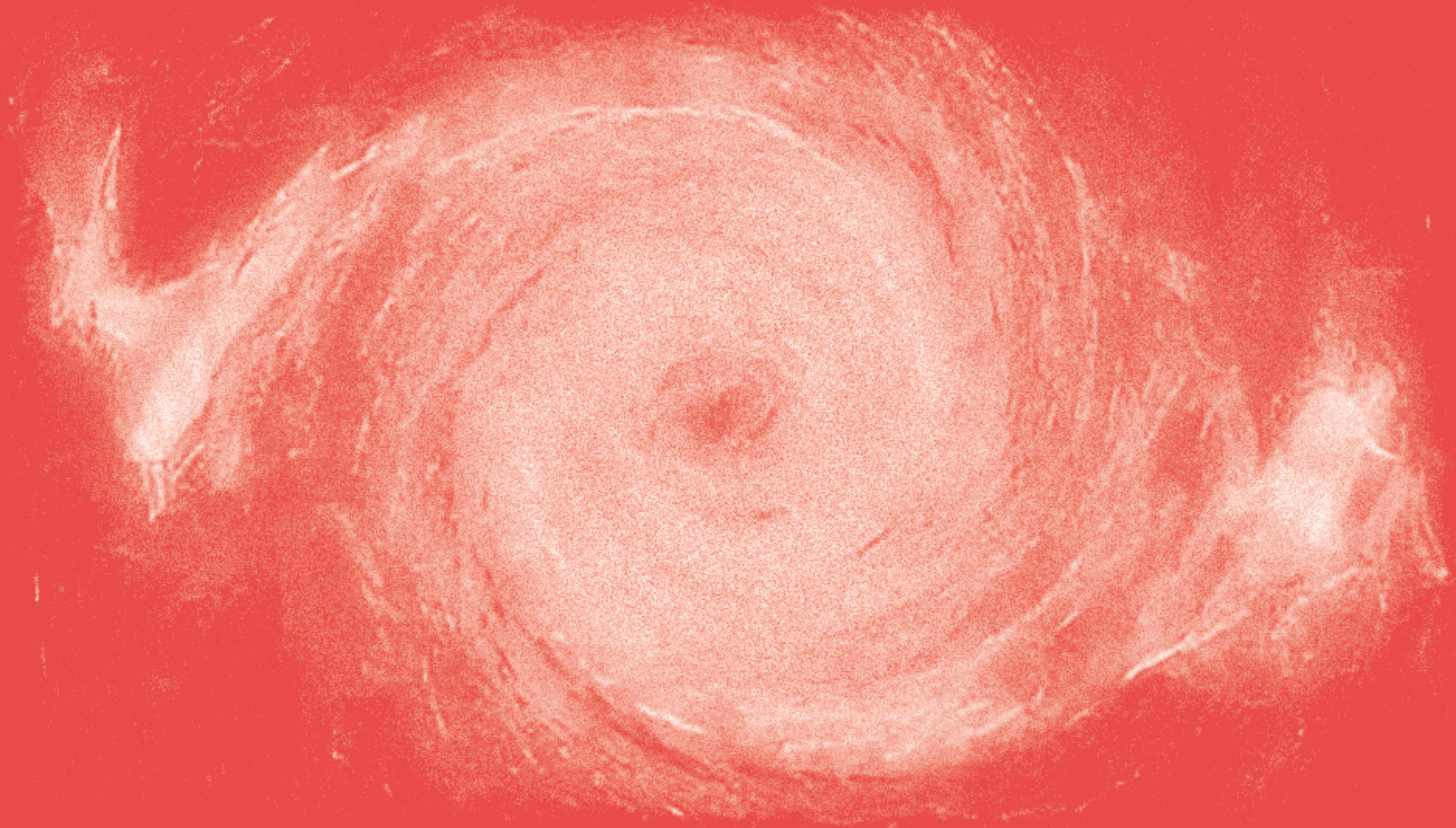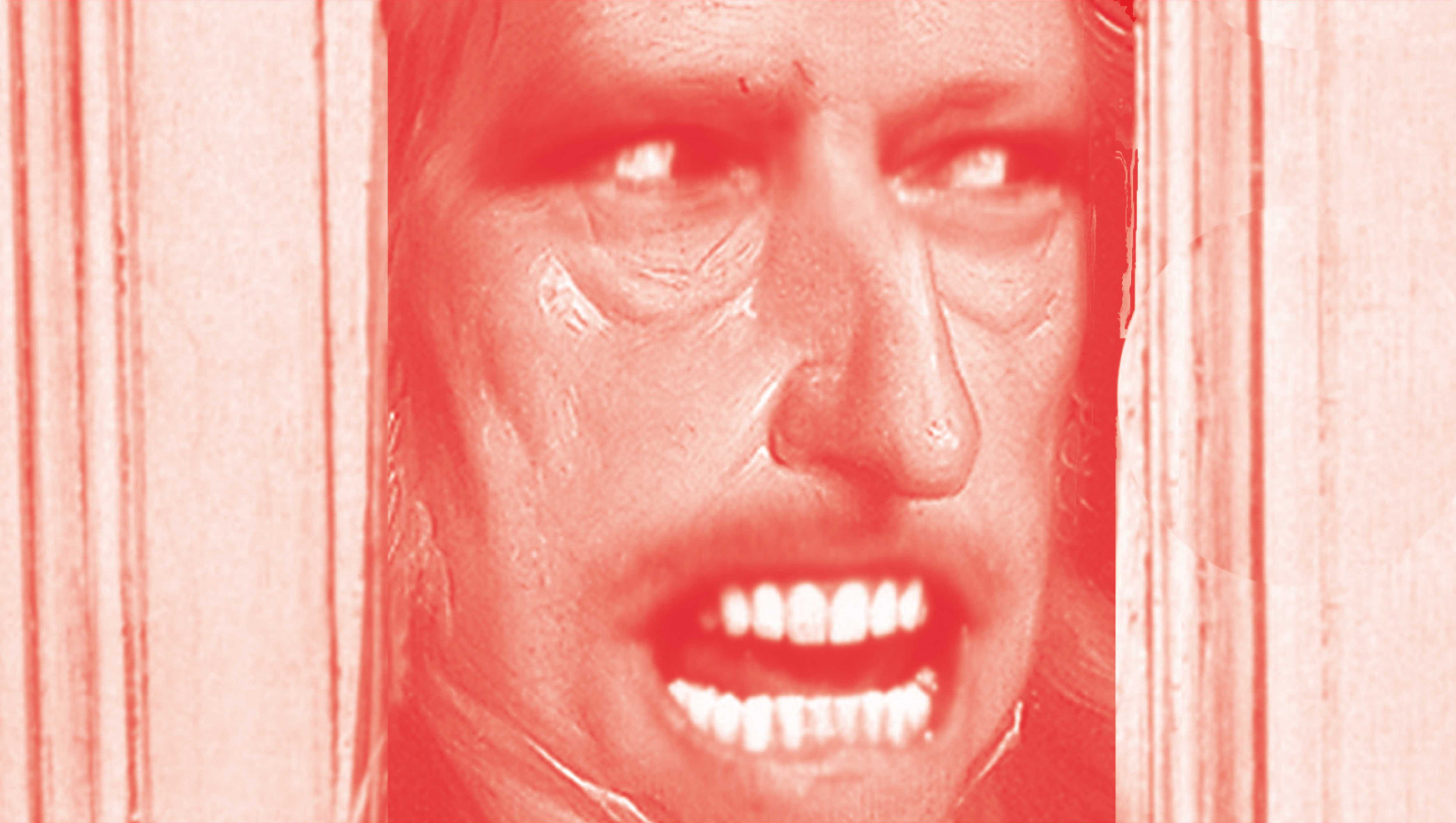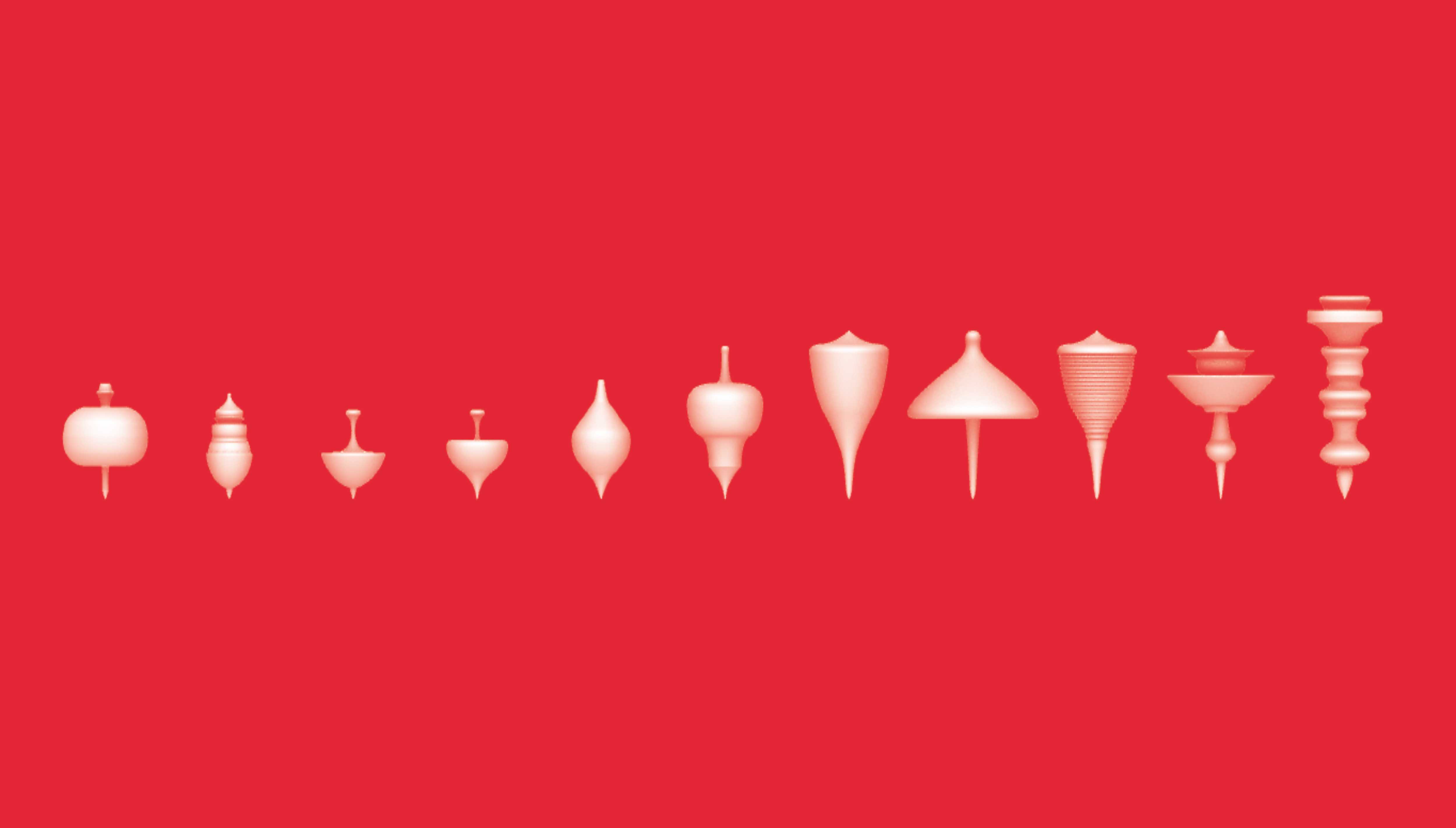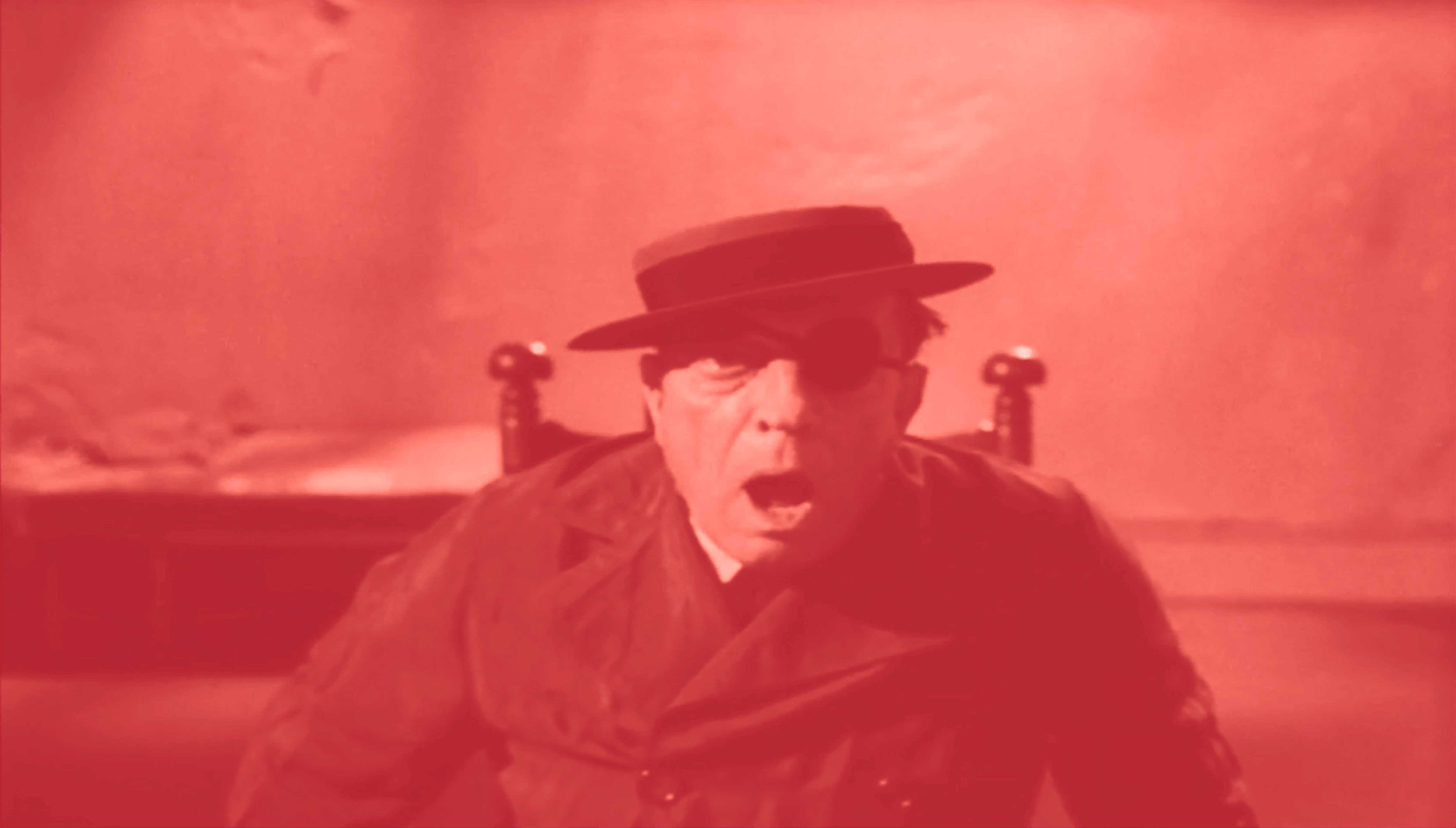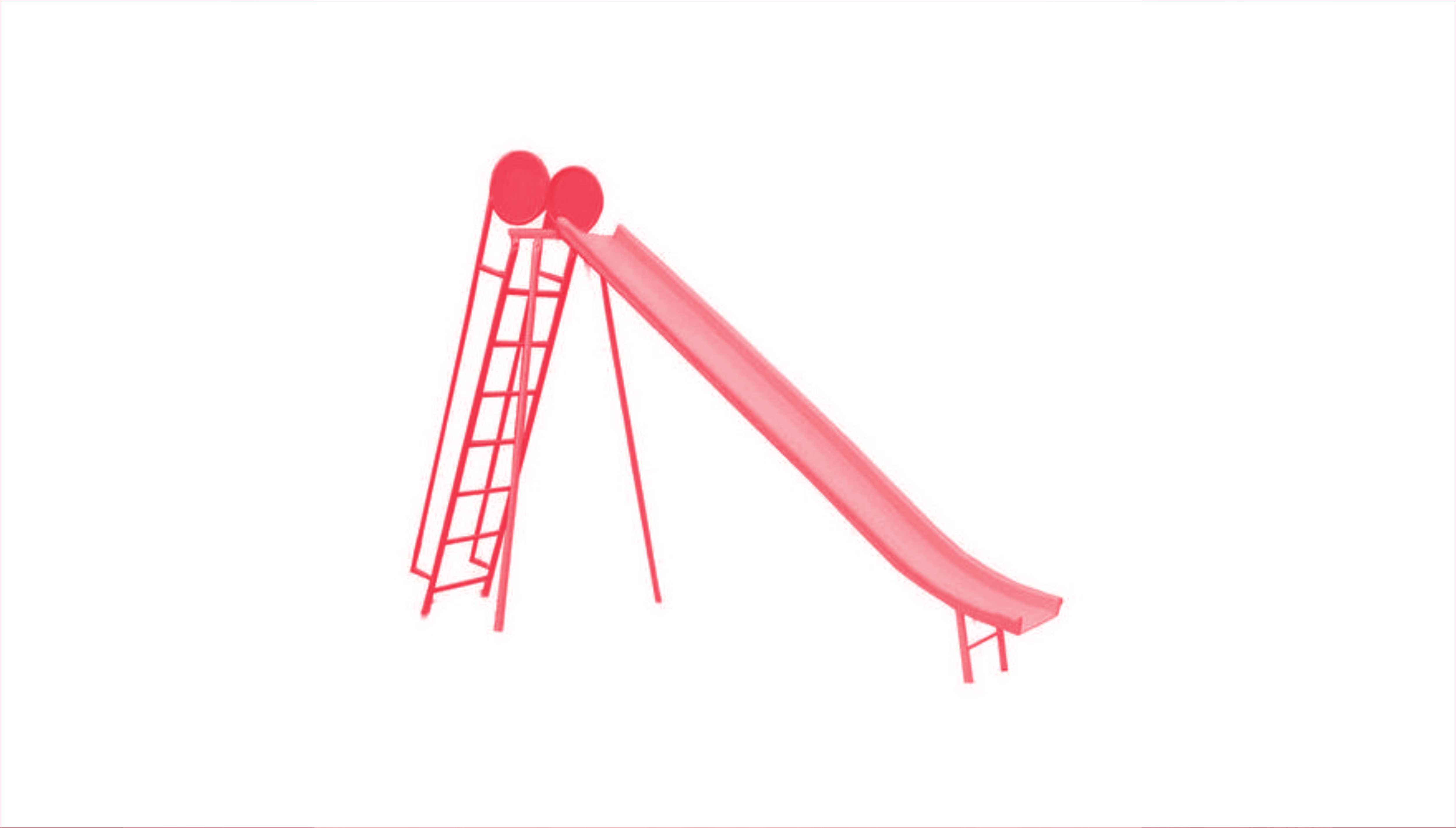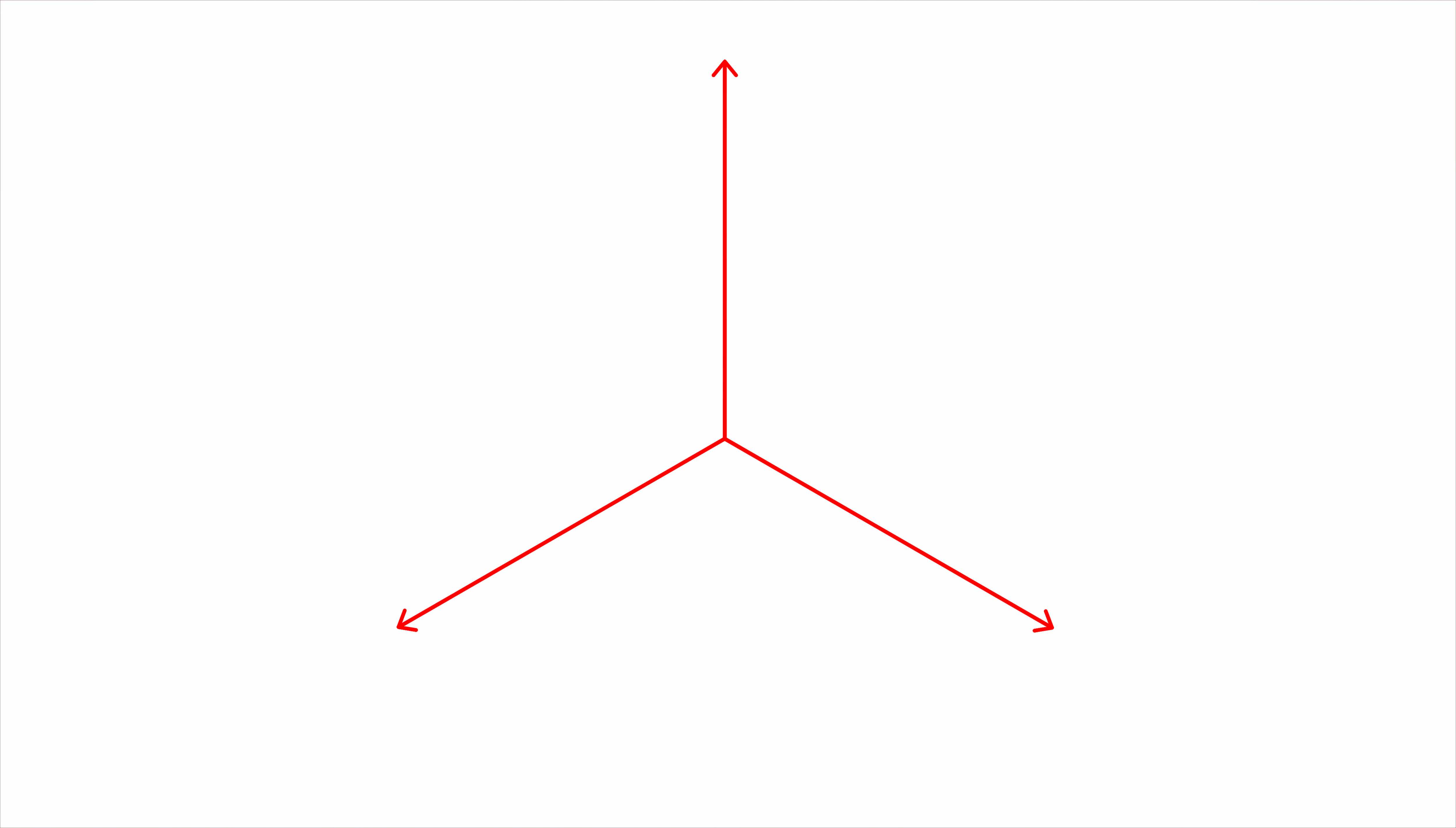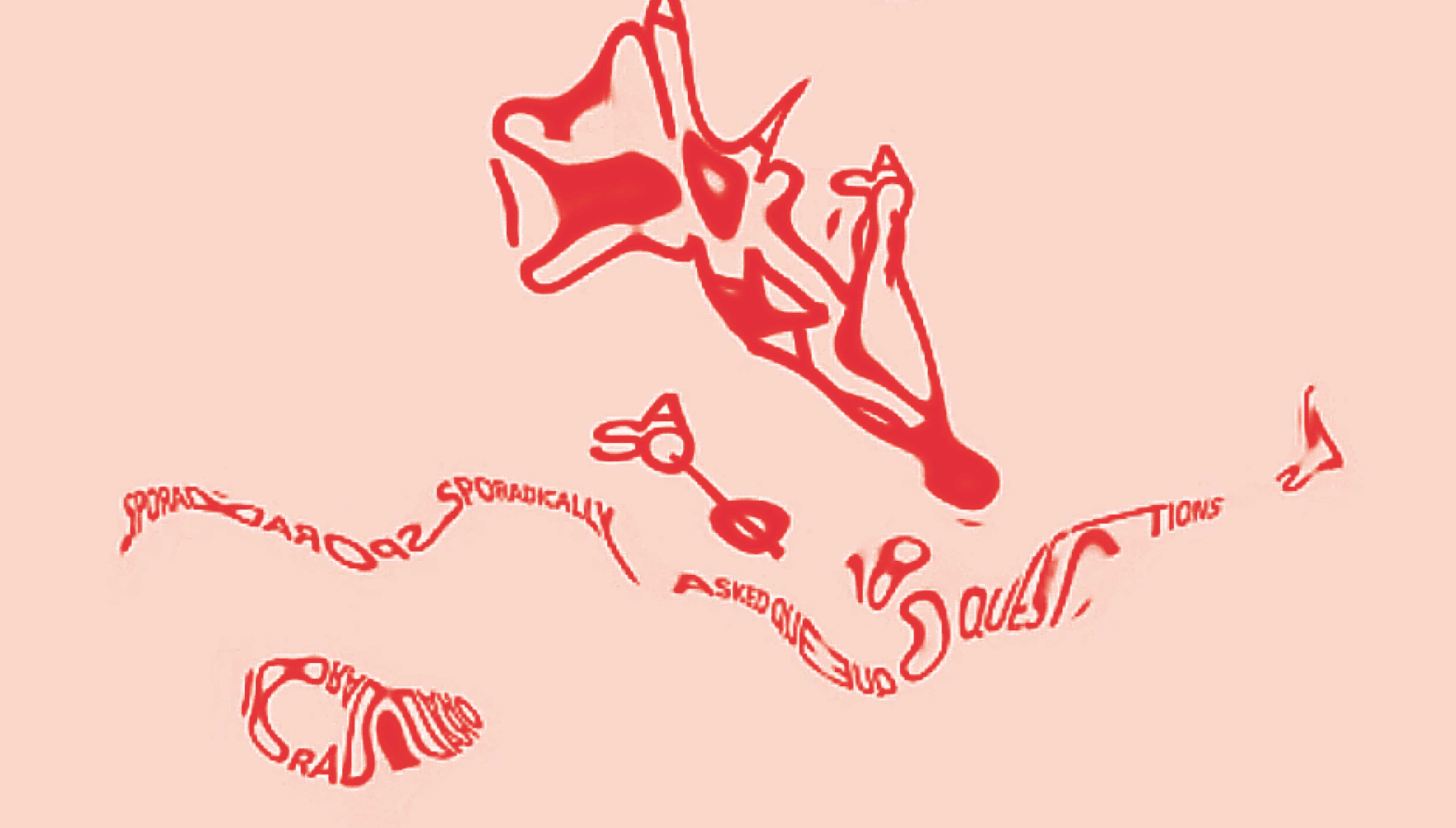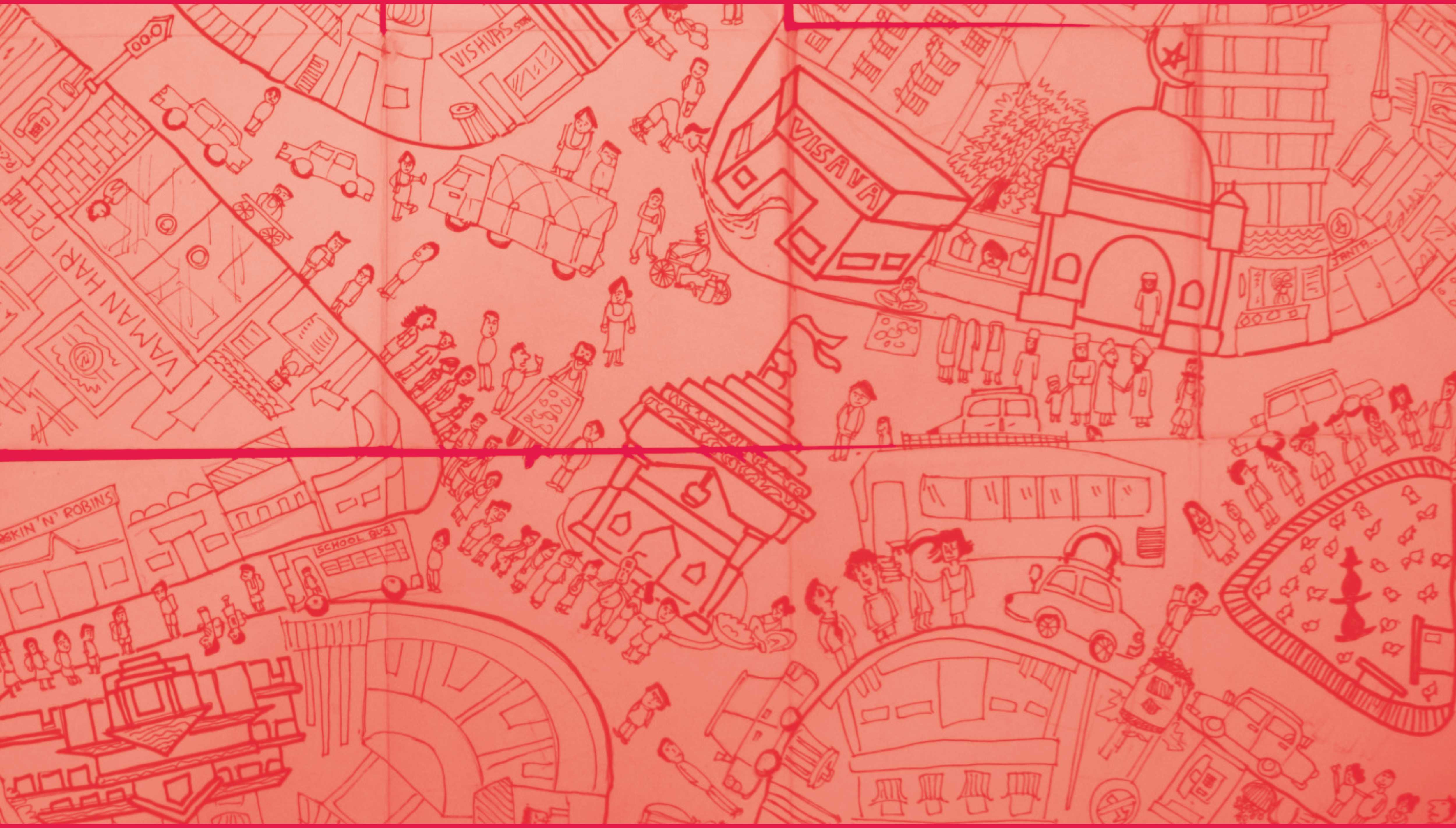South Asian Architecture and Urbanism
[2018]︎︎︎ Teaching and Research Assistant, School of Environment and Architecture (SEA), Borivali, Mumbai
South Asian Architecture and Urbanism (SAAU), a long term institutional research project initiated by School of Environment and Architecture (SEA), Mumbai, aimed at studying, documenting and analysing at depth, the Architecture and Urbanism of countries in the region of South Asia. To develop conceptualizations & frameworks which can serve as new lenses to understand, read, analyse & critique the contemporary South Asian Paradigm & its Built Form.
Research Statement
The term South Asian, and the various concepts that revolve around its identity have been used and appropriated by various positions which theorize upon it. To begin with, there exists a very small and limited amount of research and documentation on the South Asian Architecture and Urbanism. And, of the available material, one can find perspectives which have largely been around the areas such as informality, Regionalism, Poverty, Subaltern or the Precolonial, Colonial or Post-colonial positions as functions of Capitalist and Neoliberal economies or as classicizing impulses trying to reclaim a past. Within the framework of Architecture and Urbanism in South Asia, such conceptualizations limit our understanding of Contemporary South Asian Architecture. The broad idea is to map and investigate into these various tendencies which float in this area and to evaluate them. Also, one does not find enough documentation or the presence of South Asian Architecture, which is long lost or subsumed under in the west oriented historical documentation. The lack of historical record does not allow for an academic discourse to be generated around it, thus feeding back to the loop. The project aims at breaking this loop and creating an infrastructure that assists in the production and archival of discourse of South Asian architecture and Urbanism. Post developing this intensive study and analysis, the project finally aims at formulating and developing new lenses and conceptual categories through which an understanding of Architecture and Urbanism in South Asia can be put together.
Broader Aims and Objectives:
1) Constructing an Infrastructure for the production and archival of the discourse of SAAU.
Creating an infrastructure which serves as a platform for generating and maintaining an ever evolving discourse around SAAU. A platform that is constructed through SEA research, with a framework model over the first 5 years which serves as its incubation period, after which the platform is expected to run on its own through continuous contributions and knowledge flows. This website and its blog, which is a limited open source platform with its many contributors, allowing an ever increasing database, an archival of the works of Architecture and Urbanism in South Asia, is the outcome set up to achieve this Aim.
A. Mapping and documentation of the Architecture and Urban form in South Asia:
An archive which will be an outcome of intense excavation and documentation of histories and contemporary architecture and urban form.
i) Archiving Architecture of South Asia (Architects/ Buildings/ Techniques/ Styles/ Methods/ Materials/ Principle models)
ii) Archiving urban conditions in South Asia (Urban plans/ Architects and Planners/ Policies/ Frameworks/ Schemes/ Models/ Trends/ By-laws and Regulations)
B. Networking for the production and development of the discourse of SAAU:
The infrastructure comprises the idea of creating programs and platforms that create a network of various actors and agencies that are contributing to the discourse SAAU, and to create a dialogue between them.
(Website/ blog/ annual forum or seminar/ annual call for papers/ network, exchange and/or collaboration with at least 3 schools of architecture and 3 architects/firms in each country)
2) Investigation and Evaluation of existing conceptual frameworks around SAAU.
A. Carrying out a Literature review of the existing books, works, monographs, Journals, blogs, publications and all the other material on SAAU.
B. Identifying and mapping various trends and tendencies, found in the SAAU discourse. The idea is to identify more such tendencies that locate the SAAU discourse in the academia, and to evaluate the various lenses through which it is looked at.
3) Develop conceptualizations to understand the contemporary SAAU.
Writing papers and articles on the blog as a response to the conceptualizations that lie around SAAU and speculate.

